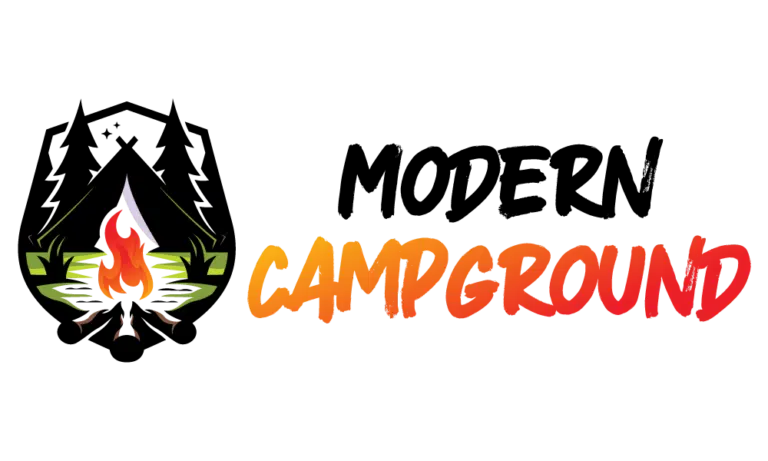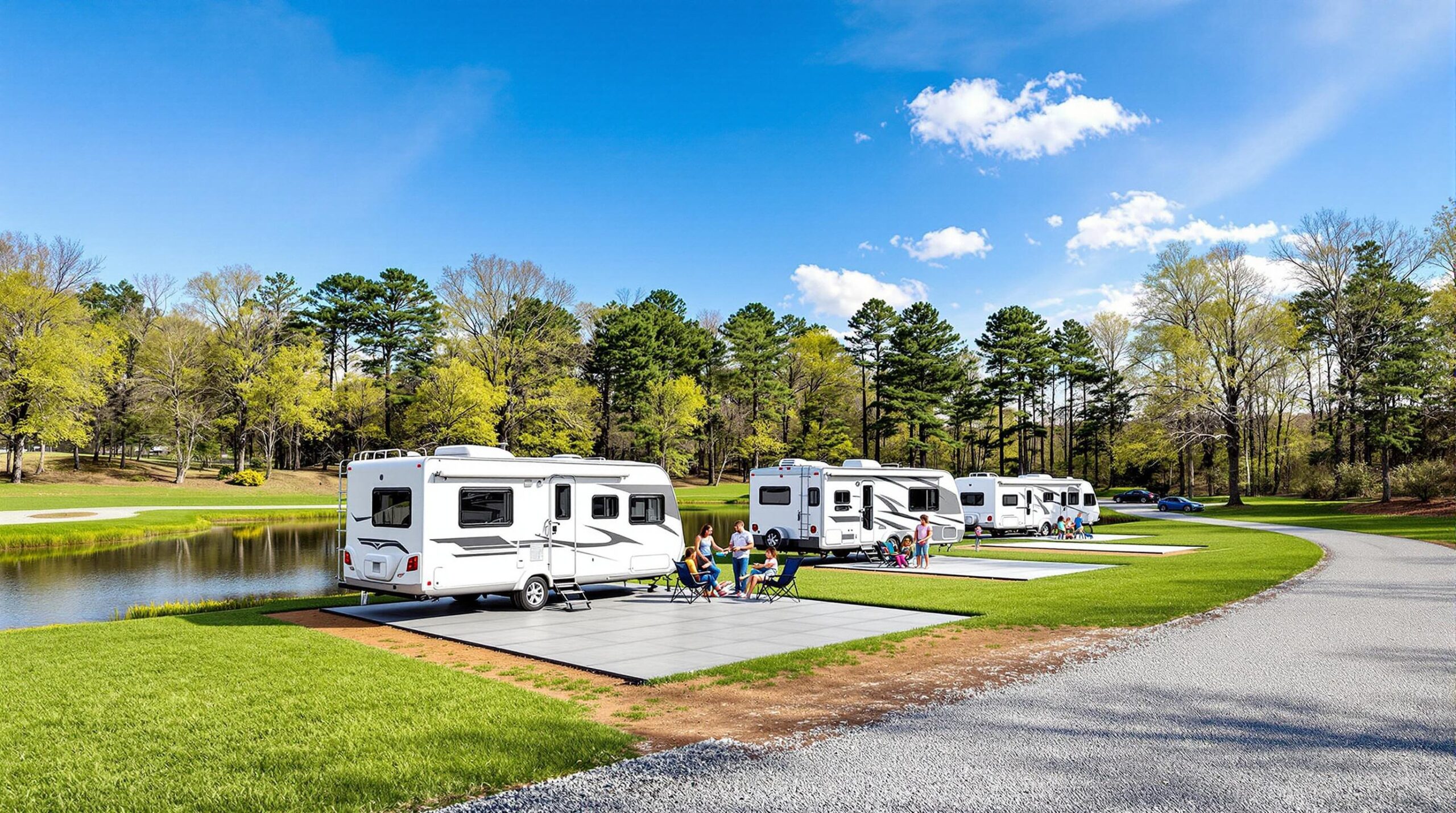Wildlife Prairie Park in Hanna City, Ill., is seeking approval for a one-point-five-million-dollar expansion that would create a 40-site RV campground called Parkside, with the Peoria County Board set to vote May 8 on a special-use permit, according to the park’s expansion plan.
The nonprofit hopes to open the campground by March 2026 and position it as a magnet for new visitors and tourism spending in central Illinois, the same document indicates.
Plans call for 40 concrete pads with individual water, sewer and electrical hookups, plus a new swimming beach along the park’s western lakeshore, according to the project outline. Because every site will be full-service, operators could layer in cloud-based reservations, dynamic pricing and mobile add-ons to lift per-site revenue year-round.
The existing Parkside events building will be renovated to add a kitchenette, restrooms, showers, laundry, a camp store and a recreation room, while its attached four-story stone silo will stay intact, the outline states.
The refreshed footprint also lends itself to self-service check-in kiosks or QR-code gates that can slash Friday-night lines and reduce staffing costs.
“We’ve done a lot of research to try to build the best RV campground in the state with features and amenities that will attract more people to our area.” — Roberta English, CEO, Wildlife Prairie Park
Beyond the campground, the expansion will restore the exterior of an 1800s stone house and move the Bison Hump Pump Track, all part of a wider capital drive that also envisions new cabins, an on-site veterinary clinic and ongoing road and building improvements.
Funding will blend private donations with a board-approved loan, providing what the park described as a flexible financing mix.
“We are creating a steady stream of economic activity that will support local businesses like nearby restaurants and cafes, generate jobs, and bring new life to the surrounding area year-round.” — Roberta English
Industry data show that each occupied RV site typically triggers additional spending on meals, fuel and recreation, giving neighboring operators mid-week traffic rarely generated by day visitors.
The project still hinges on regulatory approvals. After the May 8 special-use permit decision, the park must secure clearances from the Illinois departments of Health, Highway and Natural Resources, the park filing shows. Incorporating dark-sky lighting, pervious paving and other low-impact measures early can often shorten review cycles.
Design documents highlight several wildlife-friendly strategies, including pervious concrete to curb storm-water runoff, smart-meter pedestals that charge guests only for electricity used, dark-sky LED fixtures, roof-runoff cisterns for irrigation and marked corridors that let larger mammals pass undisturbed.
“On top of that, we already have a fantastic park with 60 different species of animals, six other lakes for fishing or kayaking, trails to walk, disc golf, mountain biking, bird watching, and educational and fitness classes. We are already a destination.” — Roberta English
For operators elsewhere, Parkside’s blend of full-hookup pads, tech-enabled guest services and conservation-minded infrastructure offers a template for driving higher revenue without compromising the natural setting that draws campers in the first place.
If work stays on schedule, Parkside will welcome its first guests in March 2026, underscoring how strategic amenity upgrades paired with modern technology and sustainability practices can lengthen stays and extend revenue deep into the shoulder seasons.


